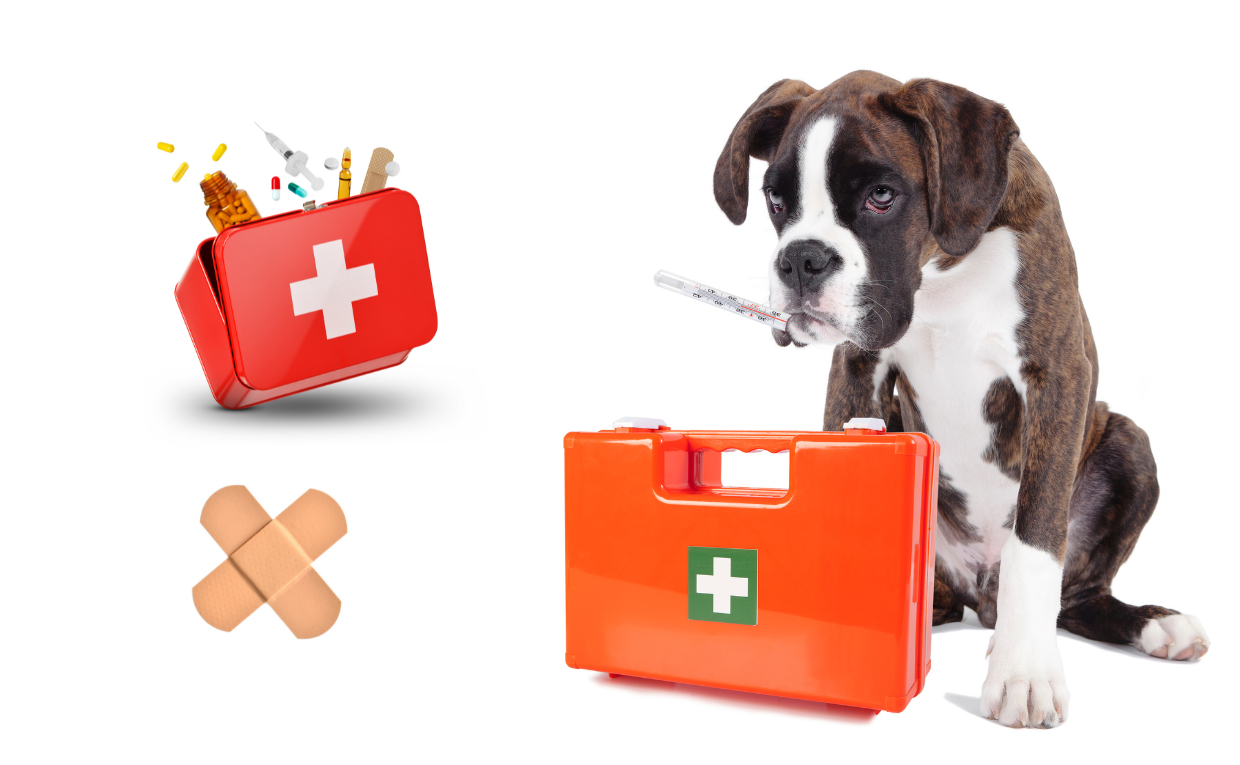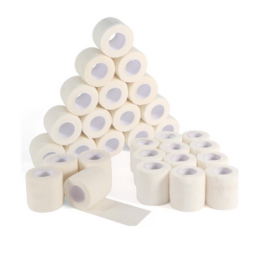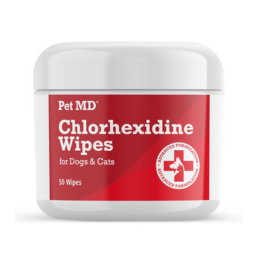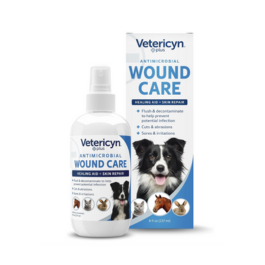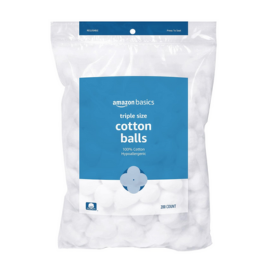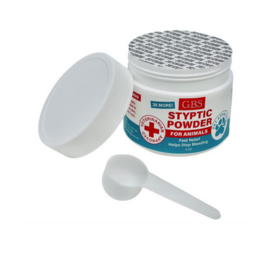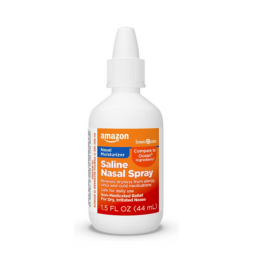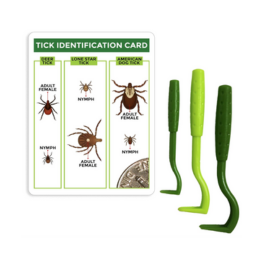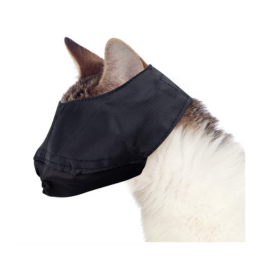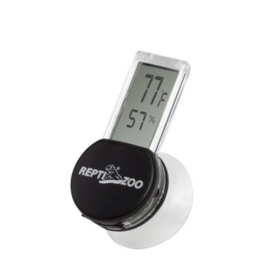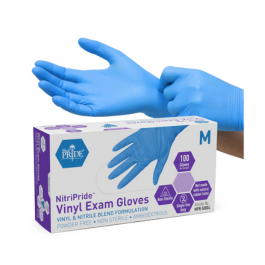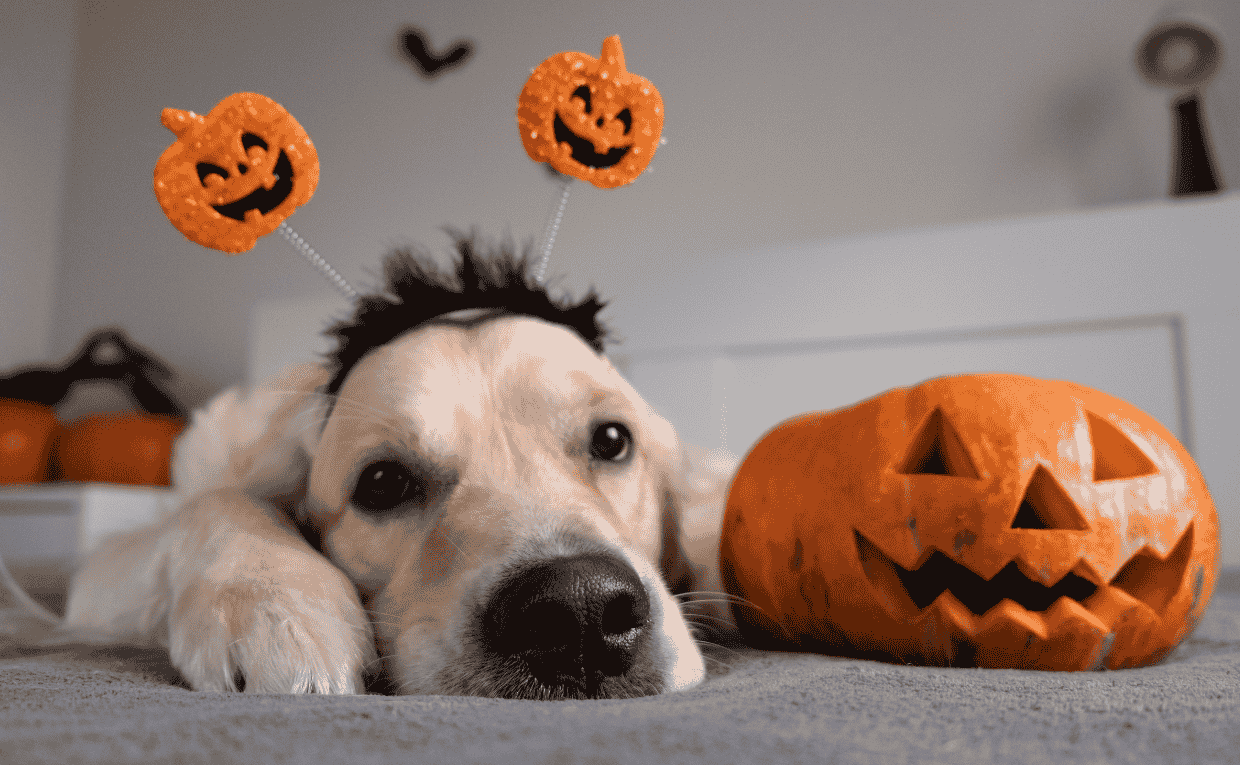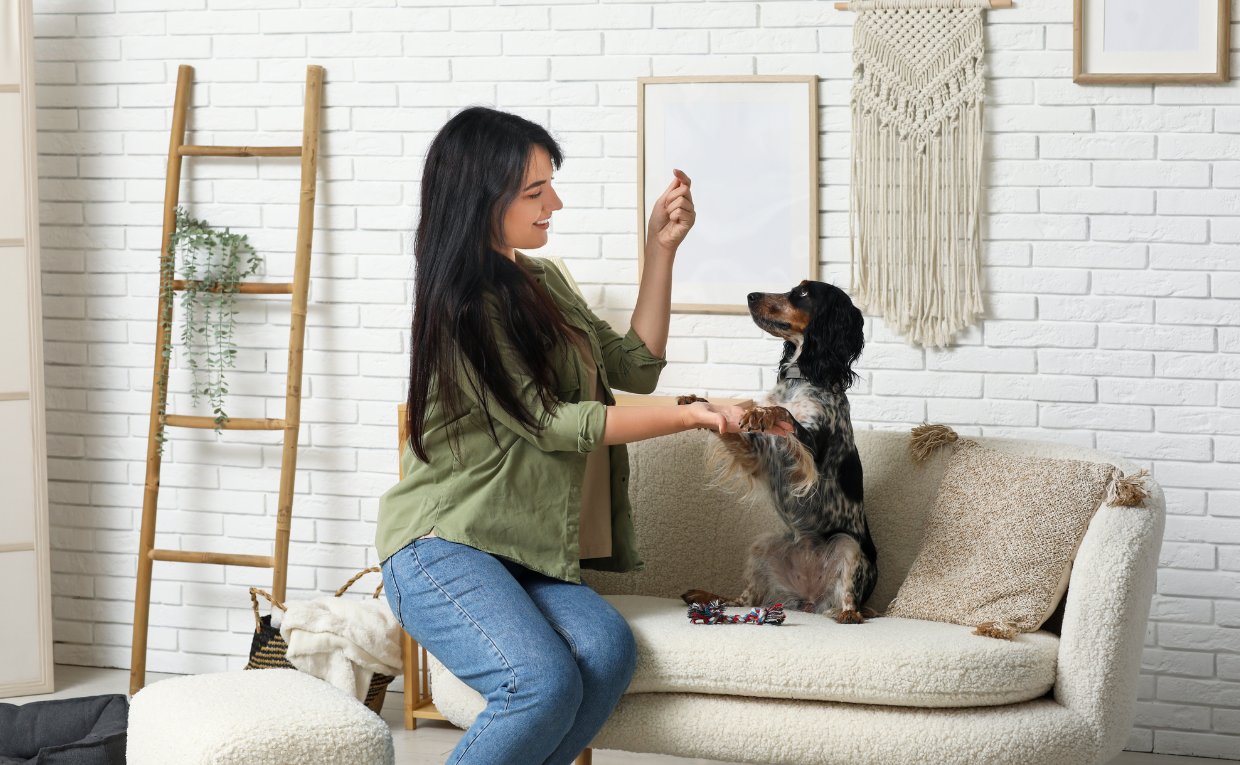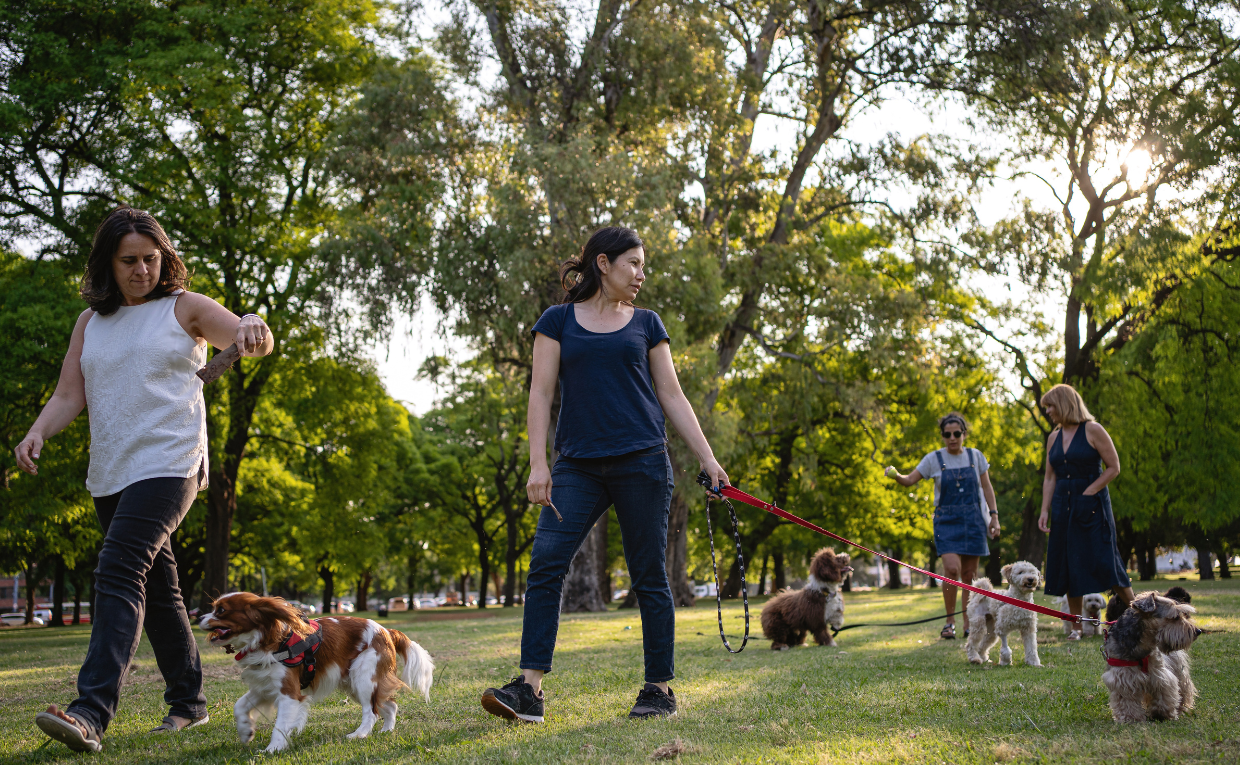Whether you’ve got a cuddly cat, a bouncy dog, or a curious bunny, accidents can happen. Having a pet first aid kit at home is essential to keeping your furry friend safe and sound.
Just like us humans, pets can experience cuts, bites, allergic reactions, or even minor burns. Putting together a pet-specific first aid kit is a proactive way to care for your furry companion.
What to Include in Your Pet First Aid Kit
Creating a well-stocked pet first aid kit is essential for every pet owner. Whether it’s a minor scrape or a more serious emergency, having the right tools at hand can make all the difference. Here’s a list of must-have items to include in your DIY pet first aid kit:
Just add to their water! It freshens breath and supports healthy gums without any brushing needed.
Basic First Aid Supplies
- Gauze pads and rolls – For wrapping wounds or stopping bleeding.
- Adhesive tape – To secure bandages (make sure it’s pet-safe and non-toxic).
- Non-stick bandages – Prevent sticking to wounds during healing.
- Antiseptic wipes or solution – Use chlorhexidine or iodine for cleaning wounds.
- Cotton balls and swabs – For applying ointments or cleaning small areas.
- Tweezers – Handy for removing ticks, splinters, or debris.
- Scissors (blunt tip) – To cut gauze or tape safely.
Medications & Ointments
- Saline solution – For flushing eyes or cleaning wounds
- Styptic powder – To stop bleeding from minor cuts or nail trims.
- Pet-safe antibiotic ointment – Helps prevent infection.
- Antihistamines – Like diphenhydramine (consult your vet for dosage).
- Cotton balls and swabs – For applying ointments or cleaning small areas.
- Tick remover tool – A must for dogs and cats in tick-prone areas.
Extras to Include
- Muzzle – Even gentle pets may bite when in pain.
- Digital thermometer – Use rectally; a normal dog/cat temp is ~38–39°C.
- Latex or rubber gloves – For hygienic handling.
- Pet health records – Include vet contact and vaccination history.
- Emergency contact card – With your vet’s info and 24/7 animal hospital numbers.
Always check expiry dates and replace used items promptly. Store your kit in a labelled, waterproof container and keep it somewhere easily accessible. You’ll thank yourself later!
How to Store Your Pet First Aid Kit
Choose a waterproof, portable container like a tackle box or plastic organizer. Make sure it’s clearly labeled and stored in a cool, dry place where you can reach it quickly in an emergency.
Don’t Forget to Update It!
Set a calendar reminder every 6 months to check for expired items and replenish used supplies.
How to Perform a Basic First Aid Check on Your Pet at Home
Every pet parent wants to keep their furry friend safe and healthy. But emergencies can happen when you least expect them. That’s why building a pet first aid kit at home and knowing how to use it can make all the difference. Before you reach for the bandages, start with a simple first aid check-up to spot any signs of trouble early.
Here’s your quick, vet-inspired guide to performing a basic first aid check on dogs and cats at home:
1. Do a Nose-to-Tail Inspection
Gently run your hands along your pet’s body to feel for lumps, cuts, swelling, or tender areas. Don’t forget to check hidden spots like under the belly, between the toes, and behind the ears. These areas often hide ticks, thorns, or minor injuries.
2. Monitor Vital Signs
- Heart Rate: Place your hand on your pet’s chest (behind the front leg) or feel their inner thigh.
- Dogs: 60–140 bpm
- Cats: 140–220 bpm
- Breathing Rate:
- Dogs: 10–35 breaths/min
- Cats: 20–30 breaths/min
- Watch for shallow breathing, panting, or wheezing.
3. Check Eyes, Ears & Gums
Bright eyes, clean ears, and pink, moist gums are all signs of a healthy pet. Pale, bluish, or dry gums? That’s a red flag—seek help fast.
4. Observe Behaviour & Movement
Limping, hiding, whining, or sudden aggression may signal pain or injury. Take notes and call your vet if symptoms persist.
Pro Tip: Keep a printed pet first aid guide in your kit for quick reference during an emergency.
When in doubt, always consult your vet or nearest emergency animal clinic.
Final Thoughts
Having a well-stocked pet first aid kit isn’t just about being a responsible pet owner—it’s about being a prepared and loving one.
And if you found this guide helpful, don’t forget to bookmark it, share it with fellow pet parents, and explore the Amazon links to get started today.
As an Amazon Associate, we earn a small commission from qualifying purchases, at no extra cost to you.

